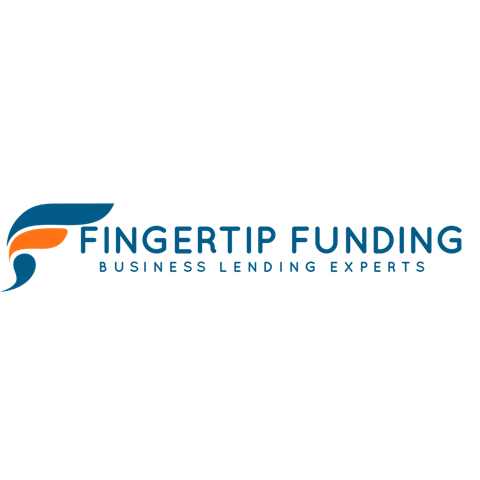How to Create an Effective Hook That Captivates and Intrigues Your Target Audience
Creating an effective hook is crucial for content marketing success, especially when targeting small business owners and marketing professionals. In this comprehensive guide, we’ll explore the importance of hooks, how they can solve your audience’s problems, and what they will learn from your content.
Why Should Your Audience Bother Reading?
Understanding the “why” is fundamental. Your hook should immediately answer the question: “What’s in it for me?” For small business owners and marketing professionals, the hook should promise valuable insights, solutions, or strategies that can directly impact their business growth.
How Can Your Hook Help Solve a Problem?
Your hook should address a specific pain point. For instance, if you’re targeting small business owners struggling with online visibility, your hook could be: “Discover the Proven Strategies to Skyrocket Your Small Business’s Online Presence.” This offers a clear benefit and positions your content as a solution to a pressing issue.
What Will Your Audience Learn?
Offer a glimpse into the knowledge you’ll be sharing. For example: “Learn the top 5 SEO techniques that can boost your website traffic by 50%.” This sets clear expectations and entices readers with the promise of actionable insights.
Actionable Tips for Crafting Effective Hooks
Poke at Pain Points
Identify common challenges and frustrations your audience faces. Use these pain points to create a sense of urgency and relevance. Example: “Are you tired of seeing no results from your marketing efforts? Discover the secret to transforming your strategy.”
Add Credibility via Quantifiable Proof
Incorporate statistics and real-world examples to build trust. Example: “Join the 80% of small businesses that have doubled their revenue using this one simple hack.”
Get Specific with Outcomes
Clearly define the benefits your audience will gain. Example: “Learn how to increase your customer retention rate by 30% in just 3 months.”
Leave a Cliffhanger
Create curiosity and drive engagement by leaving something unresolved. Example: “Unlock the secret to instant business growth – but you’ll need to read on to discover the final step.”
Case Studies and Examples
Consider the case of Jane, a small business owner who struggled with low website traffic. By implementing targeted SEO strategies, she saw a 60% increase in traffic within 6 months. This tangible result can resonate with your audience and illustrate the effectiveness of your solutions.
By following these tips and understanding the power of a well-crafted hook, you’ll be well on your way to capturing your audience’s attention and driving meaningful engagement.
Small Business Funding for Women: Exploring Your Options
Securing funding is essential for women entrepreneurs looking to start or grow their small businesses. This article delves into the various funding options available, offering actionable advice and success stories to empower women in their financial pursuits.
The Importance of Funding for Women-Owned Businesses
Access to funding can significantly impact the growth and sustainability of women-owned businesses. It enables innovation, expansion, and competitive advantage in the marketplace.
Types of Funding Sources
Grants
Grants are non-repayable funds that can provide significant financial support. Look for grants specifically targeted at women entrepreneurs, such as those offered by government programs and private organizations.
Loans
Loans are a common funding option, offering flexibility and larger amounts of capital. Explore small business loans that cater to women, such as those provided by the Small Business Administration (SBA).
Venture Capital
Venture capital is ideal for high-growth potential businesses. Seek out venture capital firms that focus on women-led startups and offer mentorship and networking opportunities.
Crowdfunding
Crowdfunding platforms allow you to raise small amounts of money from a large number of people. Platforms like Kickstarter and Indiegogo can be excellent avenues for women entrepreneurs to gain visibility and funding.
Determining the Best Funding Option
Assess your business needs, goals, and stage of development to determine the most suitable funding option. Consider factors such as the amount of capital required, repayment terms, and the level of control you wish to retain.
Actionable Advice on Applying for Funding
Writing Compelling Grant Proposals
Clearly articulate your business vision, objectives, and the impact of the grant. Use data and research to support your proposal and demonstrate your business’s potential for success.
Preparing for Loan Applications
Gather all necessary documentation, including your business plan, financial statements, and credit history. Be prepared to explain how the loan will be used and how you plan to repay it.
Pitching to Investors
Craft a compelling pitch that highlights your business’s unique value proposition, market opportunity, and growth potential. Practice your pitch and be ready to answer questions confidently.
Success Stories and Case Studies
Consider the story of Sarah, who secured a grant from a women-focused foundation to launch her eco-friendly product line. With the funding, she was able to scale her production and reach a broader market, resulting in a 200% increase in sales within a year.
Statistics and Research
According to the National Association of Women Business Owners, women-owned businesses account for 42% of all businesses in the United States, yet they receive only 2.3% of venture capital funding. This underscores the need for more accessible funding options for women entrepreneurs.
Step-by-Step Guide to Navigating the Funding Process
1. Identify your funding needs and goals.
2. Research and select suitable funding sources.
3. Prepare and gather necessary documentation.
4. Apply for grants, loans, or pitch to investors.
5. Follow up and stay persistent.
By understanding the funding landscape and following these steps, women entrepreneurs can secure the financial resources they need to achieve their business goals and drive success.

